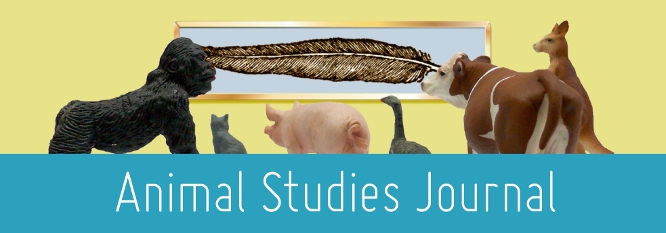Home > assh > ASJ > Vol. 9 (2020) > No. 2

Article Title
The violent-care of dingo conservation breeding
Abstract
In 2019, a wild-born dingo pup named Wandi was taken from the Victorian high country to the Australian Dingo Foundation to become a part of their breeding program. Wandi was chosen because he was identified as a ‘rare’ ‘alpine’ dingo. At the point at which Wandi was handed over to the ADF, he became a captive dingo and will likely never be released. Wandi is one of thousands of dingoes who are bred and sold each year by the dingo breeding industry in Australia – both for zoos and wildlife parks to exhibit, and as privately owned ‘pets’. None of these dingoes can ever be released. Dingo captivity is often justified by dingo breeders as a necessary part of ‘essential’ conservation to combat the possible ‘extinction’ of the dingo. In this article, I question this assumption and demonstrate how it perpetuates and energises historically constructed distinctions between dingo ‘types’ (such as ‘alpine’ and ‘pure’). Here, I mobilise Thom van Dooren’s concept of ‘violent-care’ to better understand the contradictory ways in which dingoes experience life and captivity in Australia: ‘rare’ but a ‘pest’, charismatic and newsworthy but also imprisoned, evincing popular sentiments of affection and forced into captive breeding. I work with these contradictions every day as the founder of Sydney Fox and Dingo Rescue (SFDR). As dingo advocates, we have a responsibility to examine the violence dingoes experience as a result of captivity and the ‘logics’ and discourse that drive that violence, as van Dooren writes: ‘[w]hen the ‘logics’ that structure violence (or care for that matter) go unexamined, they become both invisible and commonsensical’ (van Dooren, ‘A Day with Crows’ 3).

